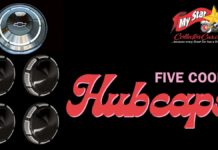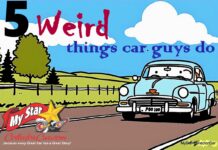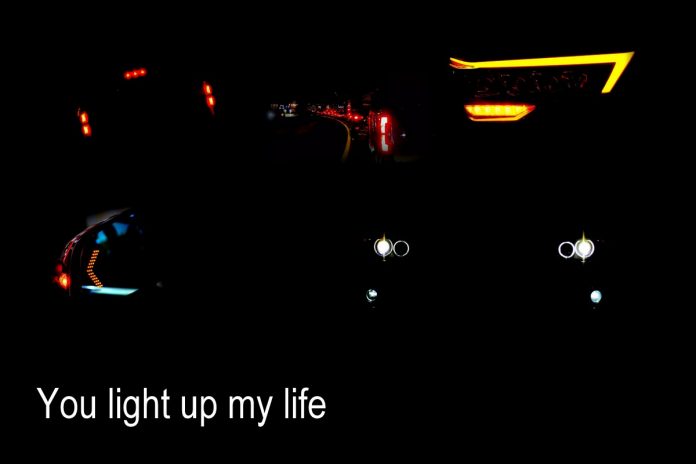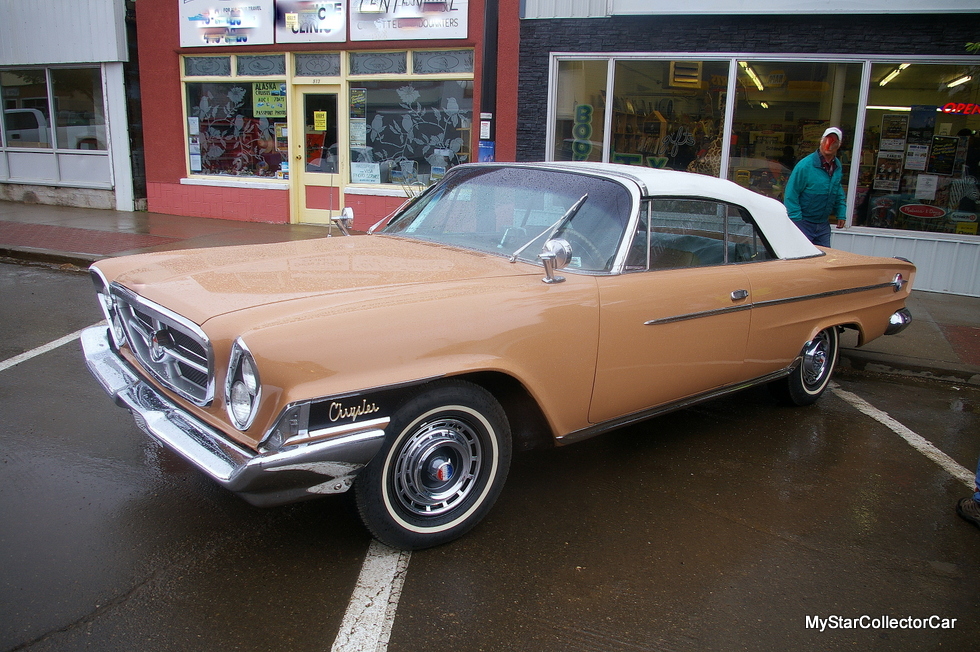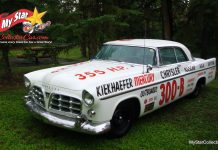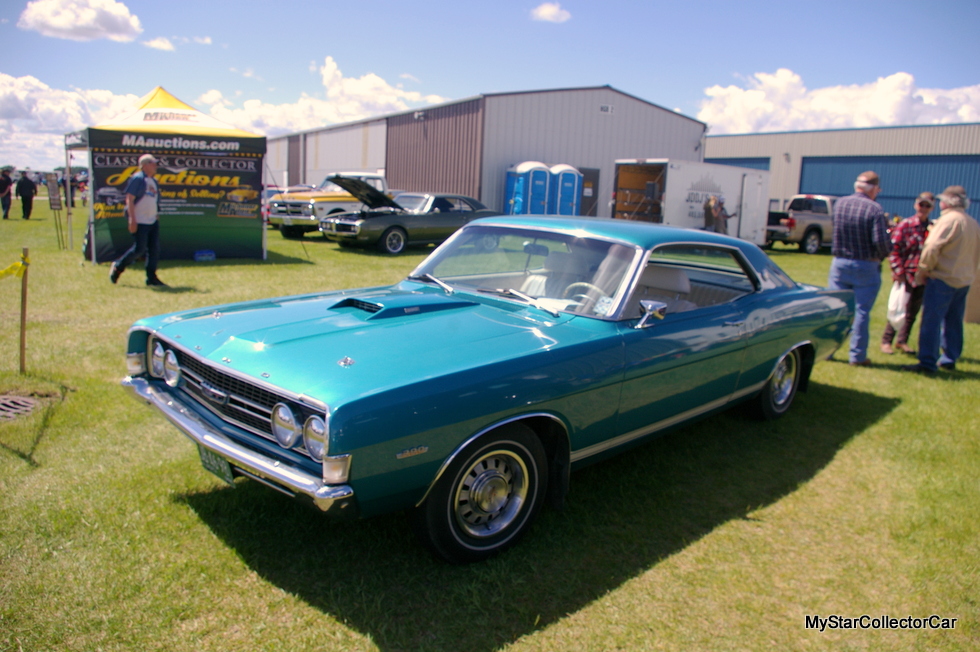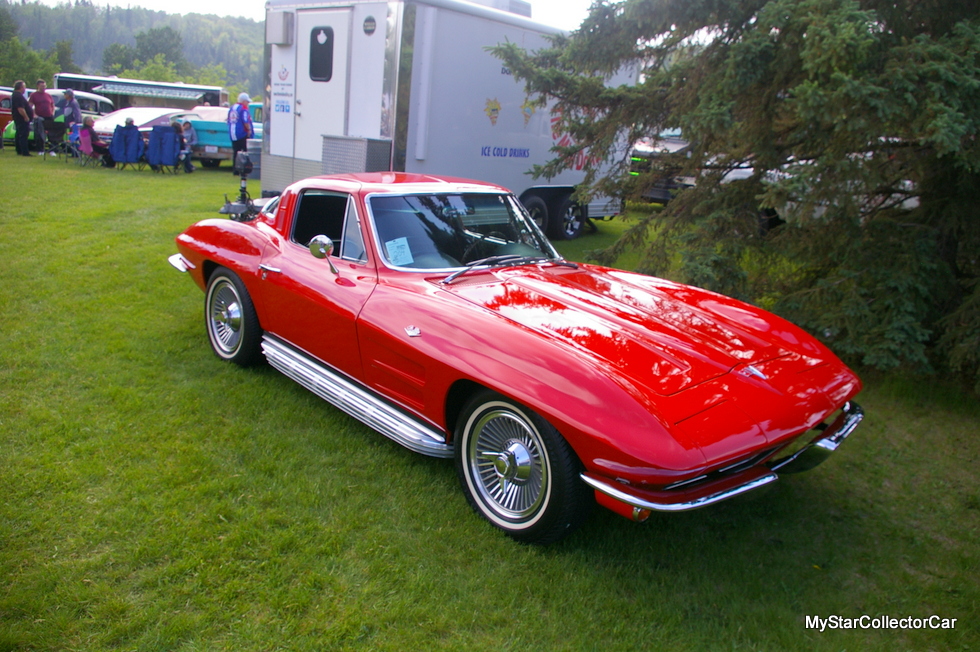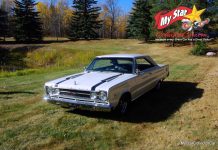New automotive technology has really moved the goal posts on the driving experience.
You can drive a 700-horsepower Hellcat on any highway at 75 miles per hour in quiet, armchair comfort–and still get over 30 miles per hour.
Not only that, new cars have a number of hi-tech safety features that could save your life–light technology is high on the list.
Jerry Sutherland
Old timers all remember what lighting was like on decades-old iron. You had two 6-volt headlights that couldn’t penetrate a thin fog–all they could do was put out a yellowish beam about three feet ahead of the car.
Forget about signal lights–they were an option found on high-end cars for years and trucks rarely had them because most of their work was done on the farm. Brake lights came a little sooner, but in many cases the rear lights (or light) were/was there for basic illumination.
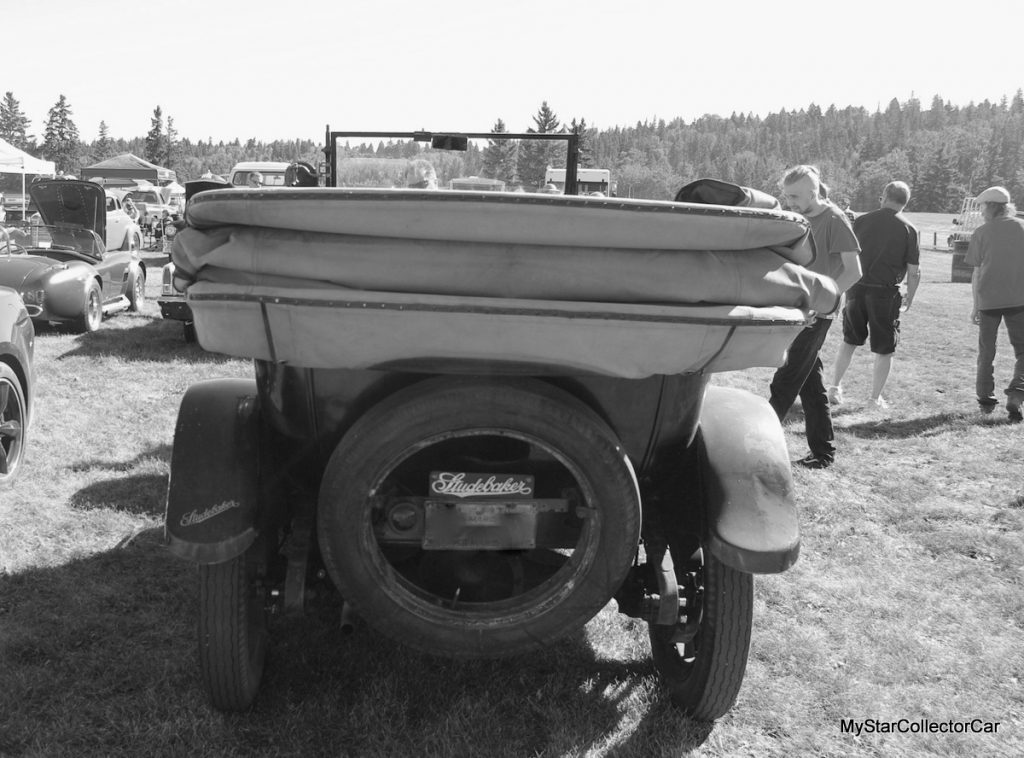
Today’s world of automotive lighting is akin to the Jetson saucer versus the Flintstone car powered by Fred’s two feet. Here are five 21ST Century lighting applications that could turn Fred Flintstone into George Jetson.
The first one is the halo light. The halo lights are like the old-fashioned running lights on the old iron–only a lot more effective.
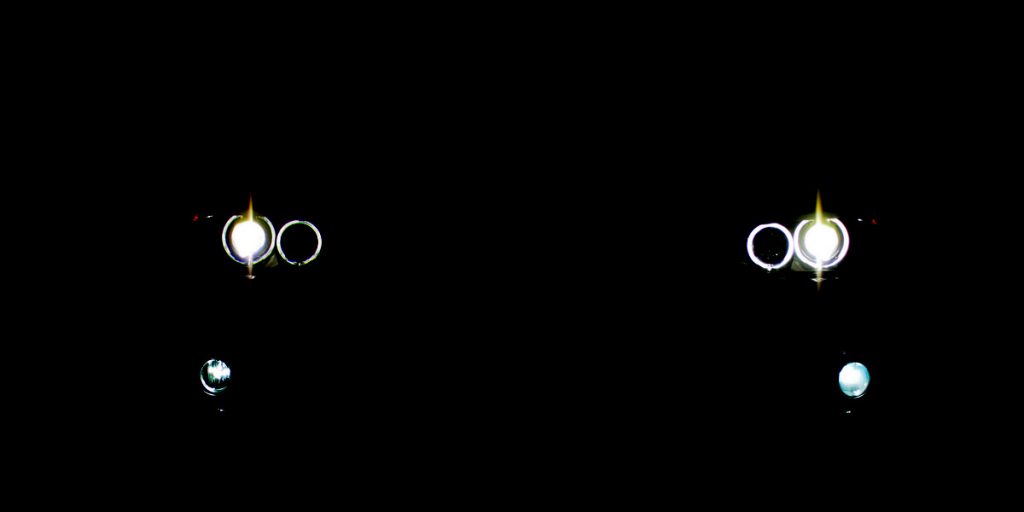
They put an LED halo around your headlight that gives you a better chance against phone-obsessed morons behind the wheel of other cars. Halo lights could be the only thing standing between you and the demise of your beloved old Merc at an intersection.

The second one is the sequential front signal light.
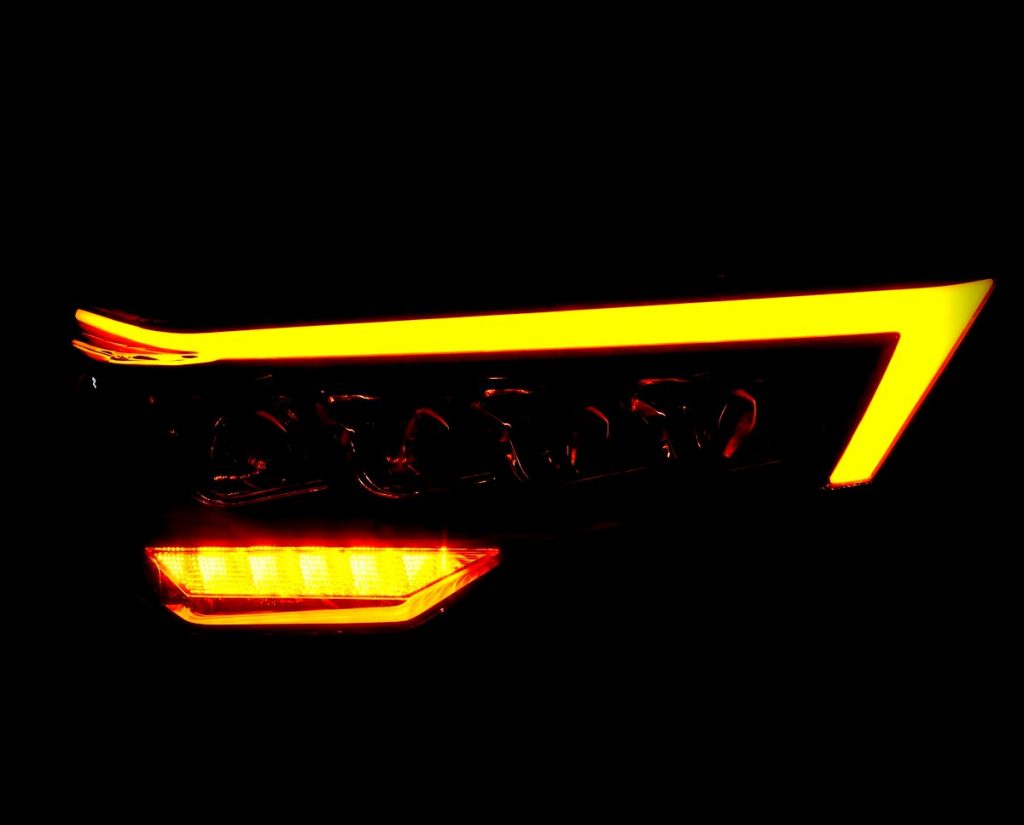
You cats who remember when the Beatles were a huge part of AM radio will also recall the sequential lights on the T-birds circa 1964-66–and the early Mercury Cougars–but they were rear lights. These new lights are on the front, and they work in concert with the halo light because the halo lights turns off when the signal light goes on. Someone put a lot of thought into this, so there is no reason you can’t put a similar setup on your old Nash–it will give you and other drivers a fighting chance when you make that turn.
The third upgrade application is the headlight itself.
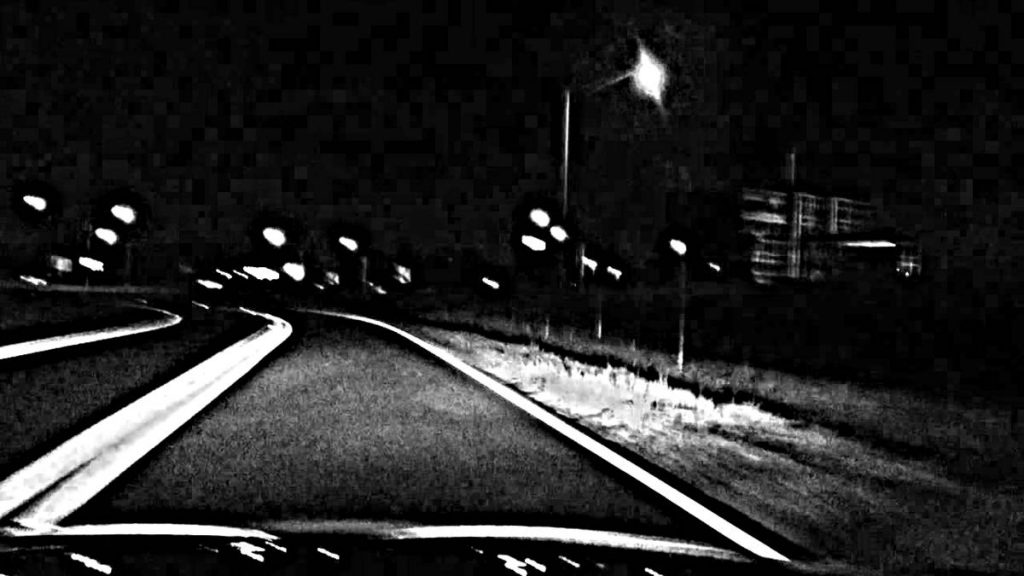
There are so many versions of the headlight today it’s impossible to list them, but basically you can get headlights in any shape, size, form or number in a new car or truck. Any of them are infinitely better than what your old Plymouth had. You can’t change the configuration of your headlights–unless you’re doing a custom–but you can add better lighting options. Those old headlights will become a dim memory–just like they did in real life.
The fourth upgrade is the third brake light.
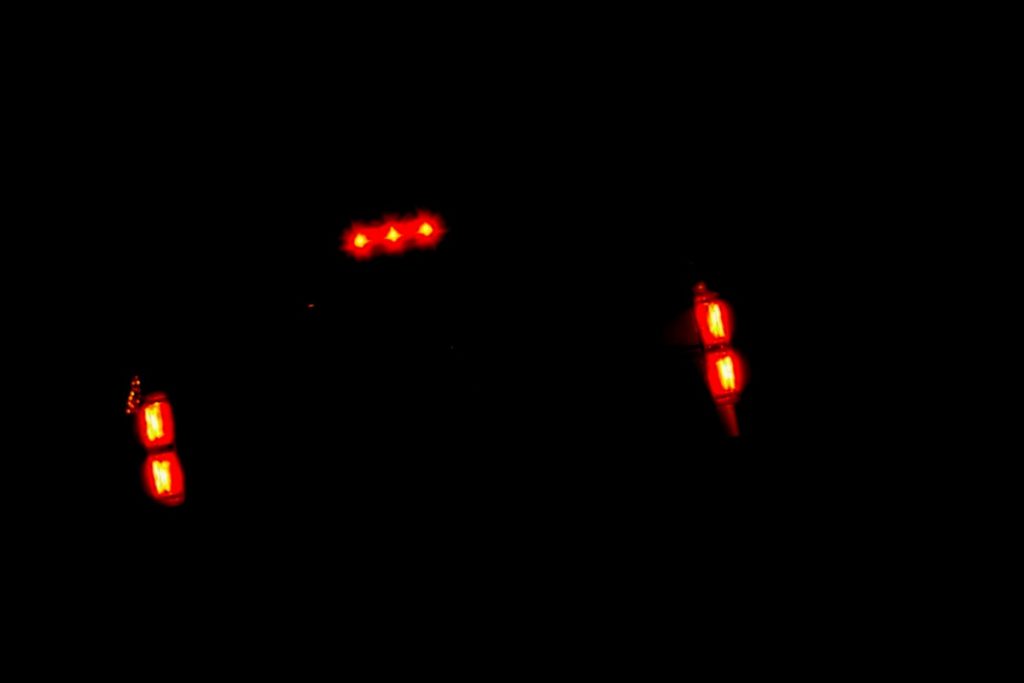
Purists will resist the application of something that didn’t come with the car, but in today’s world most drivers are conditioned to look for a higher brake light set higher. Ask anyone whose ’57 Chevy has been demolished in a completely avoidable rear-end collision.
The final upgrade is a signal light on the mirror.
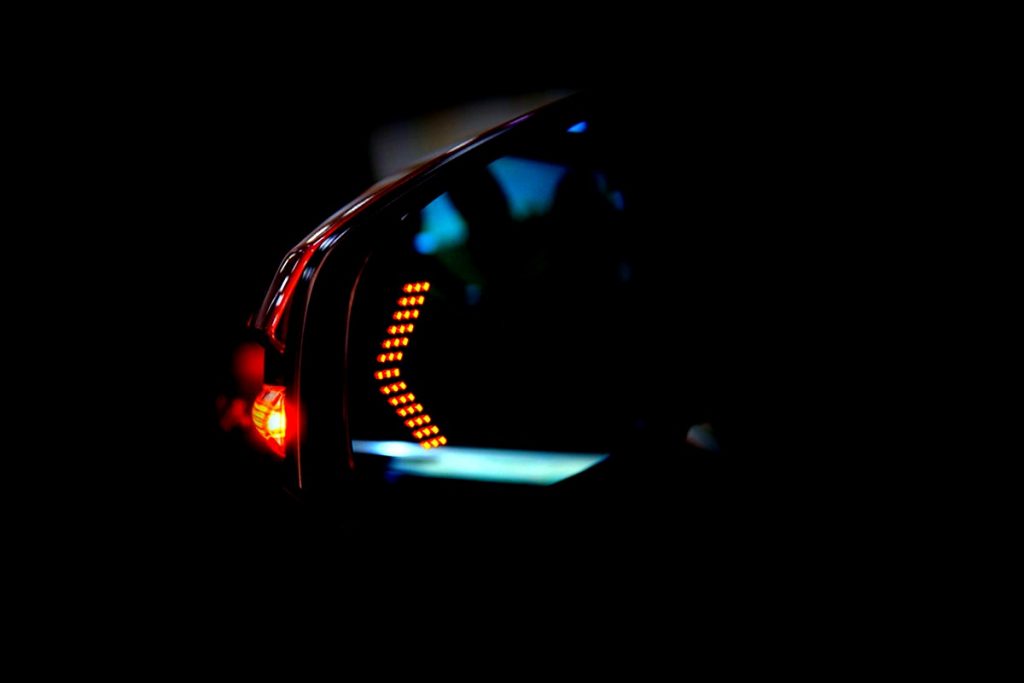
If you’re driving a lowered deuce coupe, that signal light in your mirror may be the only thing that saves you from having a really bad day when you make a lane change–plus they have a serious cool factor.
So the final question is simple. Does this convince you to light up your life with new-tech illumination?
Jerry Sutherland



